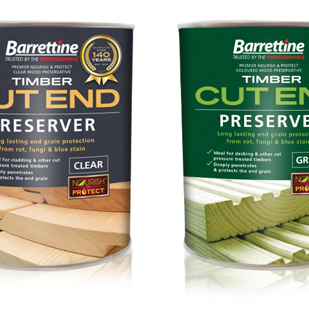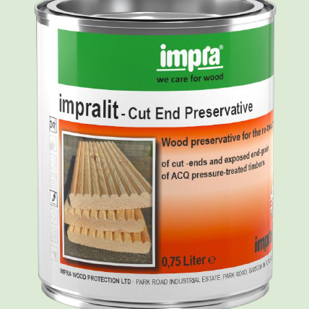The easiest way to make treated timber last longer
Wednesday, June 28, 2023
Are you in the process of installing a deck in your garden? Or cladding a house with timber? The odds are that somewhere along the line you’ll be using preservative treated softwood – whether for your deck substructure, deck boards or cladding battens and boards.
Industrial timber treatment
Preservative treated, softwood decking and cladding components – such as Pine or Spruce, have been through an industrial process, involving vacuum pressure impregnation. This results in the timber having an effective barrier of protection against decay and insect attack*.
This provides added durability – extending the service life and allowing plentiful, fast grown species to be used in areas that wouldn’t ordinarily be practical.
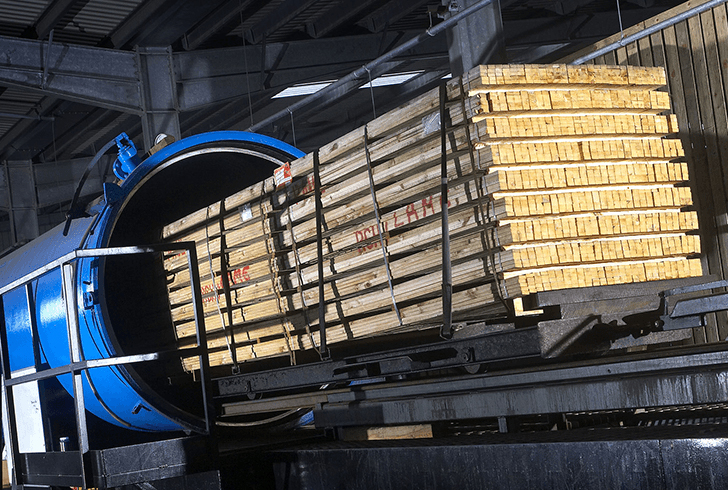
Re-working treated timber
Treated products are designed to be installed without modification. For this reason, re-working a pre-treated decking or cladding board, post, joist or batten during installation should be avoided if possible.
However, certain components need to be cross-cut to size, especially when you need a smaller piece of timber – just to finish off that last bit! That’s one of the advantages of timber, it is easily worked.
But by cross-cutting and even drilling, boring or notching the treated timber, you are likely exposing an untreated core, thereby breaking the ‘envelope’ of preservative protection.
Don’t panic – there is an easy solution.
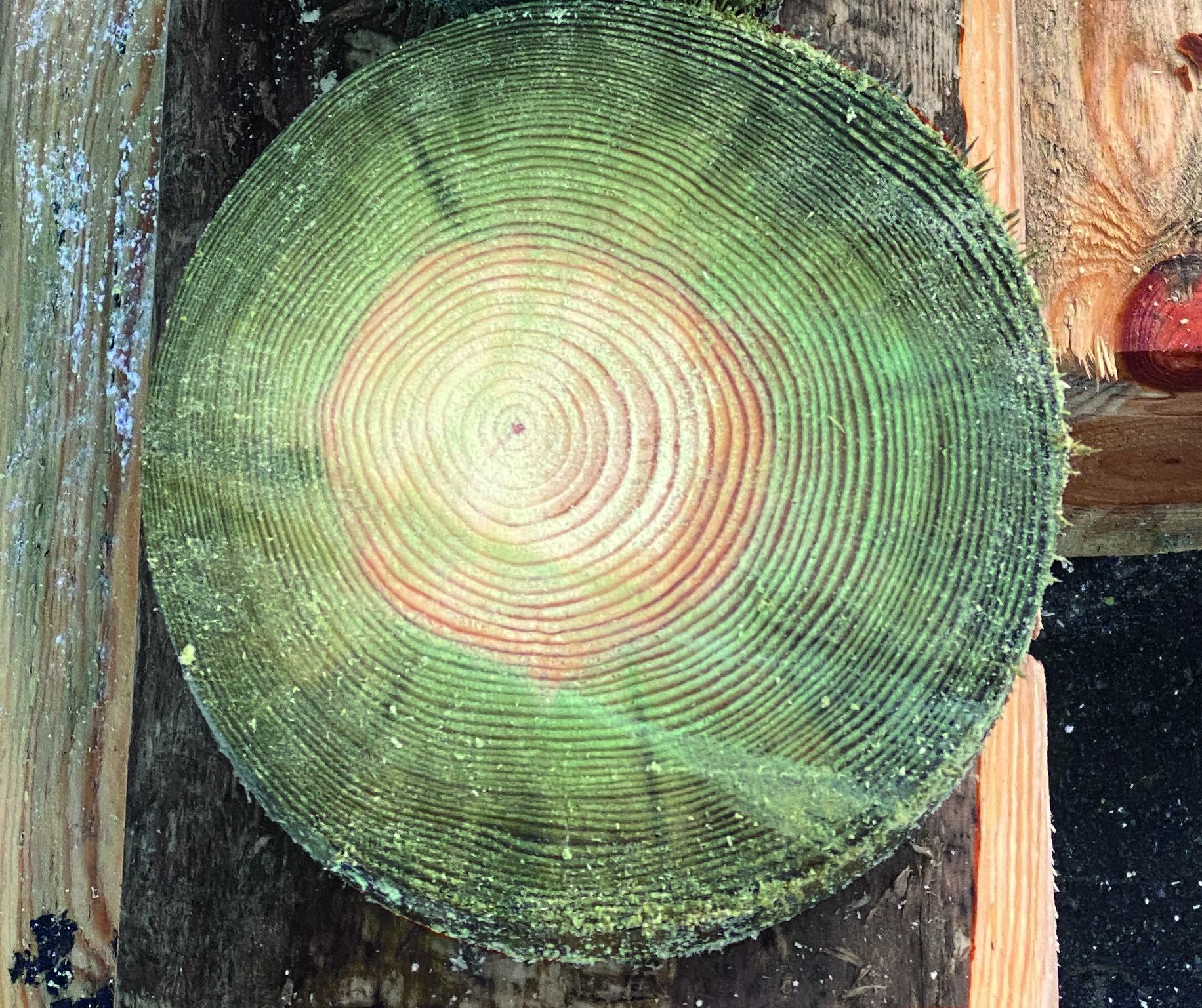
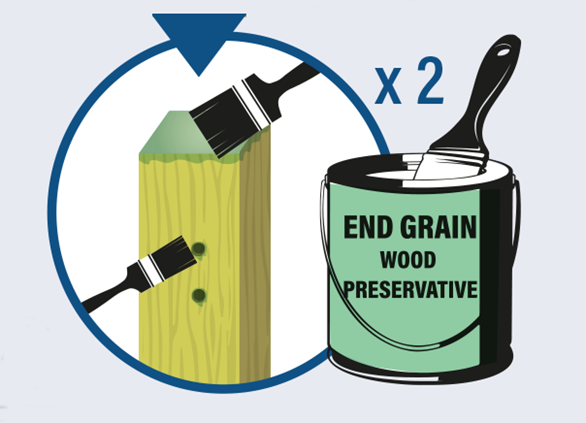
Cut End brush-on treatment
By giving each cut end, two liberal brush coats of a suitable end grain wood preservative or protector, you can maintain the integrity of the treatment. This also applies to areas which have been bored, drilled or notched - for example to accept fixings.
Your timber supplier should be able to recommend a suitable product to use – ideally from the manufacturer of the preservative used in the original treatment. And if not then several TDCA members supply suitable products .
Post installation
It’s important to remember that preservative penetration achieved by brush application is less than that achieved by the industrial treatment process. So even if an end grain preservative has been applied to a cross-cut end of a treated post, this end must NEVER be embedded in the ground. Instead put the un-cut end in the ground.
If a post does needs shortening, then cut the top (at an angle to shed water) and apply two coats of brush-on treatment. If it's a newel post you could fit the cut top with a post cap, there are many styles available.
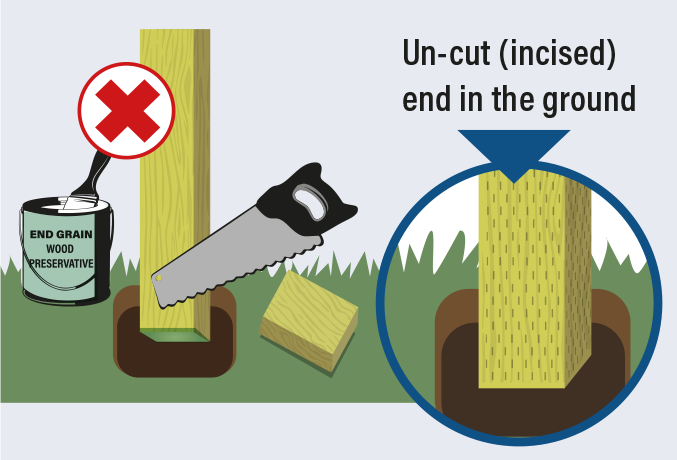
* Penetration and retention of wood preservatives are defined in British Standards and are aligned to their end use.
Browse Decking Accessories
SuppliersLearn more
Timber Preservation




